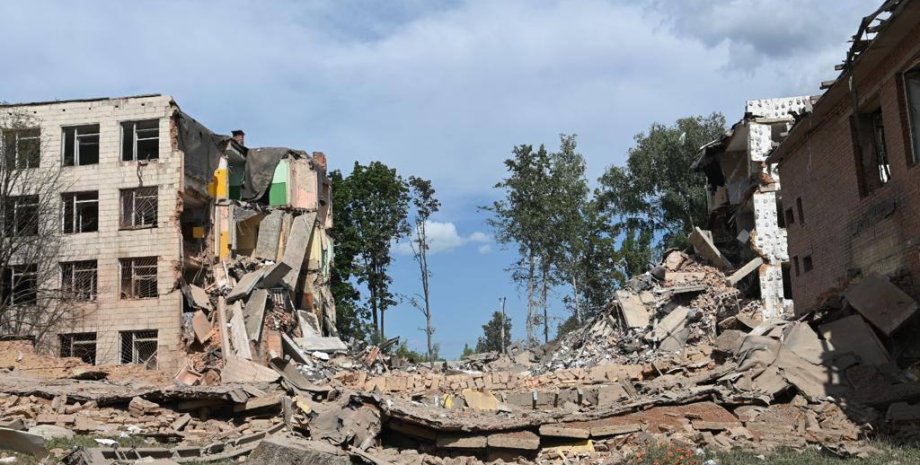
It is noteworthy that during the US military operation, more than a hundred US aircraft found themselves in the sky over Iran, but no Iranian aircraft even tried to intercept. Focus translated Harrison Cassa's article on the problems of Iran's military-air forces in the context of the 12-day war. Iran's military-air forces have proven to be powerless for a number of reasons.
Their long -standing structure rests on purchased in the West and in the Soviet Union aircraft of the Cold War, which simply do not meet the requirements of modern Air Force. The IRIAF doctrine calls for a defensive position in which priority is prohibited from access to airspace, asymmetric retribution and survival during the attack. However, recent events have shown that IRIAF capabilities are simply not enough to implement such a doctrine in practice.
With only a few aircraft with shock potential, the Air Force is essentially unable to conduct neither defensive nor offensive operations. The problem of IRIAF lies not only in the outdated fleet, but also that they hardly maintain combat readiness. In other words, Iriaf dependence on outdated aircraft is only a minor problem; It is very difficult for Iranians to maintain even available planes in a flight state. Operational readiness - Achilles heel Iriaf. These two problems are inextricably linked.
During the 1979 revolution, Iran inherited from the pro-Western government advanced American aircraft at that time-in particular, F-14 Tomcat, F-4 Phantom and F-5 Tiger. However, in the following years, the United States imposed rigid international sanctions on Tehran, making it impossible to purchase original details for these aircraft.
As a result, the only source of spare parts for Iranian aircraft became other planes; The F-14, which it still operates, is only flying through the cannibalization of other aircraft. In other words, only 50-60% of IRIAF aircraft are suitable for flights; Others are used as a source of spare parts. In some cases, IRIAF manages to copy spare parts and produce them within the country, but their reliability is doubtful, since local analogues are often worse and less durable than the original ones.
As you can assume, IRIAF fighter fighter readiness leads to a small number of flight hours and, therefore, to the inexperience of pilots. According to the available data, Iranian fighter pilots are on average up to 100 flight hours a year, which is much smaller than that of NATO or Israeli pilots, which often produce more than 250. The lack of available aircraft also complicates the preparation of new pilots; Iriaf's senior pilots remained in the 1980s since the Iran-Iran-Iraq War.
And although Tehran went to extreme measures to maintain a few outdated planes in working order, these planes are simply ineffective in the air. Most of them use radar systems of the 1970s and 1980s, which limits the capabilities of situational awareness and BVR (Beyond Visual Range). Iranian Air Force completely lacks early airspace and control platforms (AW& C), which complicates the control of airspace and slows down.
In addition, Iranian Air Force does not have sufficient opportunities for radio electronic fight, with virtually no effective means of muffling and purple radar, which makes them extremely vulnerable to such advanced opponents as Israel or the United States. To compensate for this, Iran is forced to rely on asymmetrical agents such as drones and rockets. But in terms of conventional aerial power, Iran proved to be a paper tiger.
Harrison Cass is a senior author of the defense and national security department at The National Interest. CASS is a lawyer and a former political candidate who joined the US Air Force as a trainee and was then demobilized for health. It specializes in the military strategy, the aerospace industry and global security issues. Harrison won the Doctor of Jurisprudence at Oregon University and a master's degree in global journalism and international relations at New York University.










All rights reserved IN-Ukraine.info - 2022